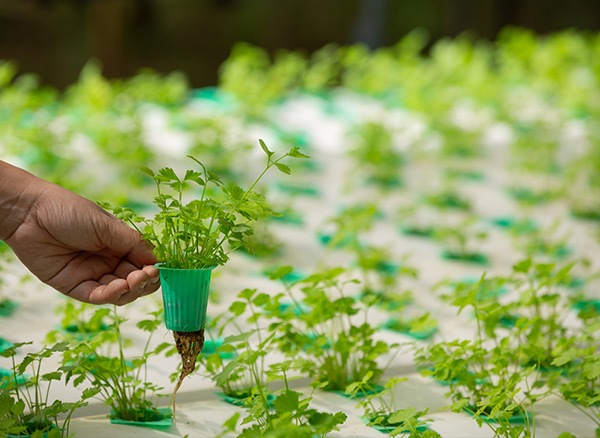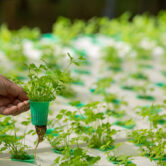
India Fertilizer Imports
With conflicts in Ukraine and Gaza escalating, global concerns about the stability of fertilizer supplies have intensified. India, highly dependent on imports for various fertilizers, is now considering strategies to enhance domestic production and reduce its reliance on foreign sources.
India’s fertilizer imports:
- Current dependence:India relies on imports for about 20% of its urea, 50-60% of diammonium phosphate (DAP), and 100% of muriate of potash (MOP).
- Major import partners include China, Russia, Saudi Arabia, UAE, Oman, Iran, and Egypt.
Source: Standing Committee on Chemicals and Fertilizers Report, August 2023.
India’s fertilizer production:
| Category | Details |
| Total Production (2021-22) | 435.95 Lakh Metric Tonnes (LMT), covering part of the total demand of 579.67 LMT |
| Production by Type | · Urea: 250.72 LMT; · Di-Ammonium Phosphate (DAP): 42.22 LMT; · Nitrogen, Phosphorus, And Potassium (NPK): 89.67 LMT; · Single superphosphate (SSP): 53.34 LMT; · Muriate of Potassium (MOP): Exclusively imported |
| Subsidy Allocation (2023-24) | ₹1.79 lakh crore, including indigenous and imported urea, as well as Phosphorus & Potassium fertilizers |
Source: Department of Fertilizers, Government of India
Challenges:
- High import dependency: Given India’s reliance on imports, disruptions in global supply chains due to geopolitical conflicts directly impact availability and prices.
- Limited production growth: While production has increased marginally from 385.39 LMT in 2014-15 to 435.95 LMT in 2021-22, it remains insufficient to meet domestic demand fully.
- Fluctuating global prices: As oil prices rise due to regional conflicts, the cost of petroleum-based fertilizers will likely surge, raising India’s fertilizer import costs.
- Environmental concerns: The overuse of chemical fertilizers raises concerns about soil health and long-term sustainability.
Recommendations and way forward:
- Expand domestic production: Continue setting up new urea plants, similar to the six new plants established since the 2012 investment policy. Boosting domestic capacity could mitigate dependency on imports.
- Promote alternative solutions: Adopt nano-urea, encourage natural farming methods, and expand bio-fertilizer use to reduce chemical fertilizer dependency.
- Invest in R&D: Encourage research and innovation in alternative fertilizers and efficient farming practices.
- Policy reforms: Create an environment that encourages private and cooperative sector investment in fertilizer production.
- Long-term sustainability initiatives: Implement soil health management programs and train farmers in efficient fertilizer use.
Conclusion:
Addressing India’s fertilizer challenges requires a mix of increased domestic production, innovative practices, and strategic policy support. The government’s steps toward self-sufficiency, alongside sustainable practices, will be crucial to stabilizing the agricultural sector in the face of global uncertainties.
“I must explain to you how all this mistake idea denouncing pleasure & praising pain was born and I will give you a complete account of the system, and expound the actual teachings of the great explorer of the truth, the master-builder of human happiness.”
Emma Smithson
Data centre investments in India expected to surpass $20 billion by 2025
- admin_rg
- September 20, 2024
New freighters vs passenger-to-freighter conversions
- admin_rg
- September 20, 2024



